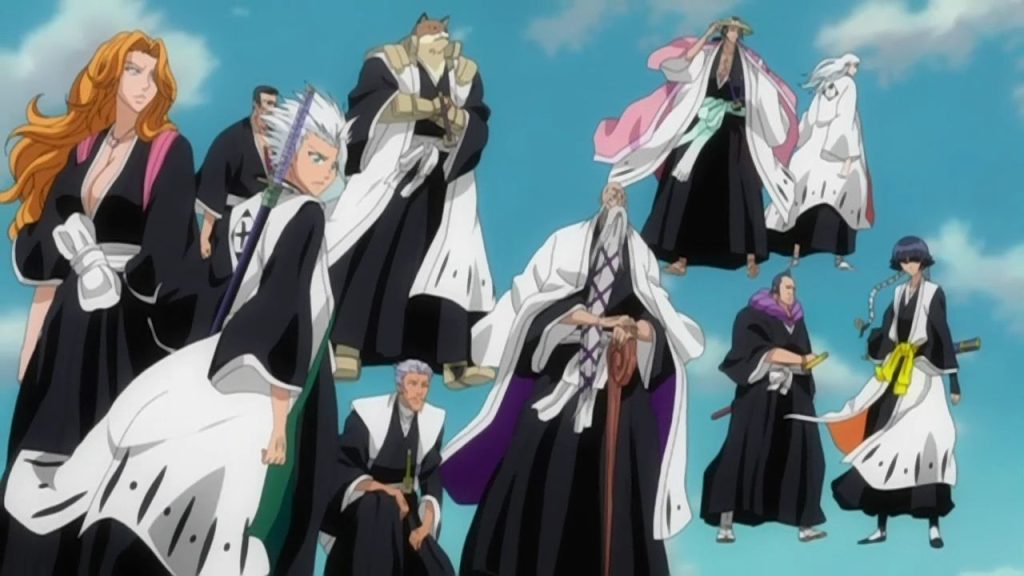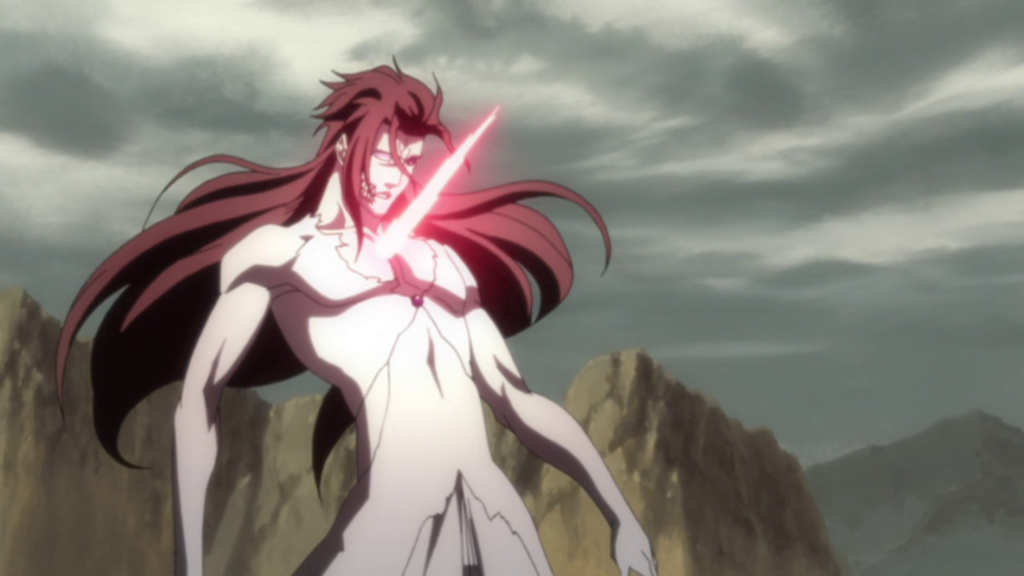Fans of Bleach often gravitate towards the Bankai; the series’ most iconic element. Bleach‘s power dynamics relied heavily on these ultimate Zanpakuto techniques, which are responsible for creating some of the most unforgettable moments in anime history. However, apart from Bankai, an extensive and fascinating system of techniques never received the spotlight it deserved: which is Kido.

The art of spiritual spellcasting, Kido had the potential to become an essential addition to Bleach‘s plot. However, it was largely underutilized and often overshadowed by the flashier, more visually stunning Bankai moments; gradually sidelining its origins, the Kido Corps, and its intricate features throughout the story.
Exploring Kido from Bleach: Soul Reaper Combat Based on Advanced Spells
Kido or the Demon Arts in Bleach is a system of spells utilized by Soul Reapers that channels spiritual energy into structured forms. These spells are divided into three main categories: Bakudo, Hado, and Healing Kido. Each of these possess distinct attributes. For instance, Bakudo Techniques are designed to restrict or immobilize enemies.

On the other hand, Hado techniques are mainly offensive types and are designed for direct combat. Finally, Healing Kido is a lesser-seen branch focused on restoration and recovery, often used by medical Soul Reapers. Every spell has a number; the higher the number, the more powerful and complex the spells are. Higher-level Kido often need complicated chants to trigger, demonstrating the accuracy and skill required for these techniques. However, the lower-level spells can be utilized without chants.
In Bleach, there was even a specialized unit in the Soul Society dedicated entirely to mastering and overseeing the use of Kido named Kido Corps. Members of this elite group were experts in spellcasting, capable of performing high-level techniques with precision. However, despite their potential to expand Bleach‘s lore, the Kido Corps rarely appeared in the story, and their contributions were often sidelined in favor of the Gotei 13 and their Zanpakuto battles.
The Lost Potential of Kido in Bleach
Throughout Bleach‘s narrative, the allure of Bankai became the defining feature of the story’s crucial battles. Each Bankai was unique, visually dynamic, and tied to a character’s personality and growth, making it the perfect spectacle for battle-centric storytelling.
As Tite Kubo’s storytelling prioritized fast-paced, high-stakes combat in Bleach, it left little room for the slower, methodical nature of Kido. Even characters who are Kido masters and experts, such as Rukia, Urahara, or Unohana, often used it as a secondary skill rather than a primary combat technique. And the Kido Corps was barely featured in the story, with no major characters tied to it. This lack of representation further diminished Kido’s prominence in the storyline.

Though underutilized, Kido had its moments of brilliance in Bleach. For instance, Urahara’s inventive use of a Bakudo seal was crucial in restraining Aizen during the battle in fake Karakura town. Similarly, early in the series, Rukia’s use of lower-level Kido provided a glimpse into its practical applications, such as immobilizing Hollows. However, Aizen’s mastery of Kido showcases its true potential. He can use Hado 90: Kurohitsugi without any chanting, and it’s as formidable as any Bankai.
If Kido had been given more attention, it could have added depth to Bleach‘s combat system and plot. Similarly, characters specializing in Kido could have brought a new dimension to battles, relying on strategy and precision rather than sheer power. Kido remains one of the most fascinating yet underexplored aspects of Bleach and as we revisit the series, the traces of Kido scattered throughout the story further demonstrate its untapped potential.
Bleach is currently available to watch and read on Crunchyroll and Viz Media, respectively.
